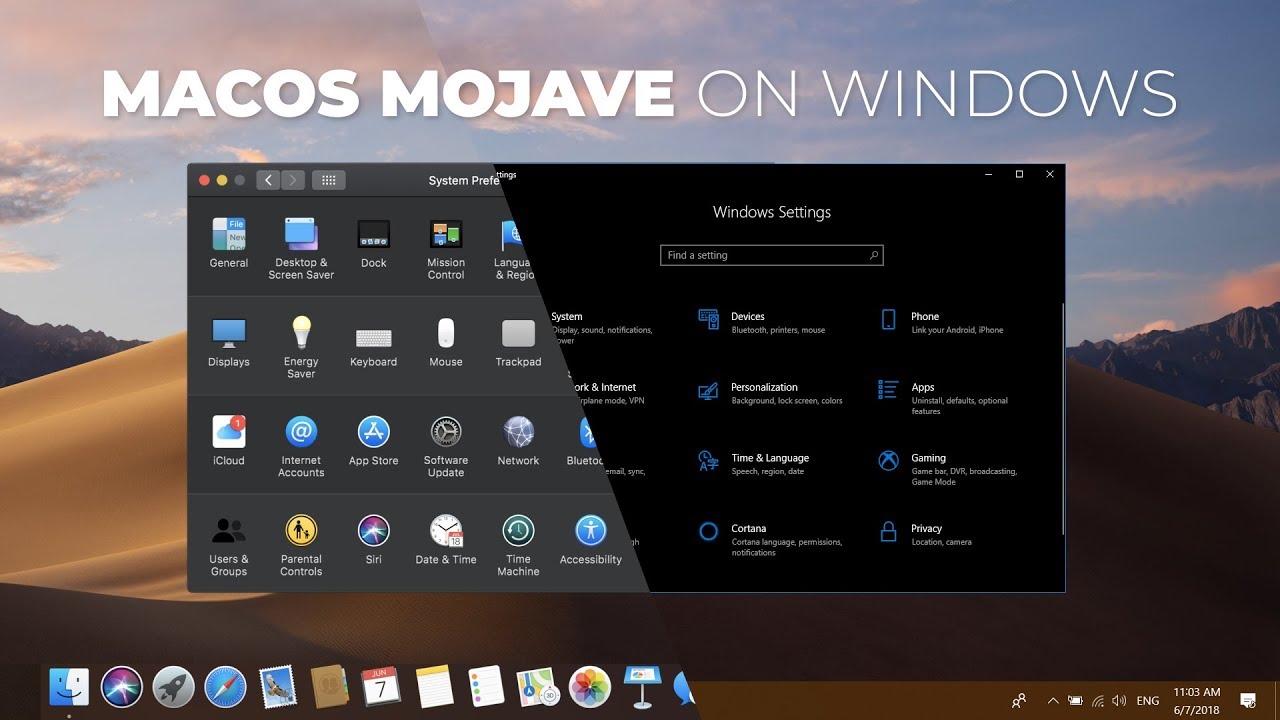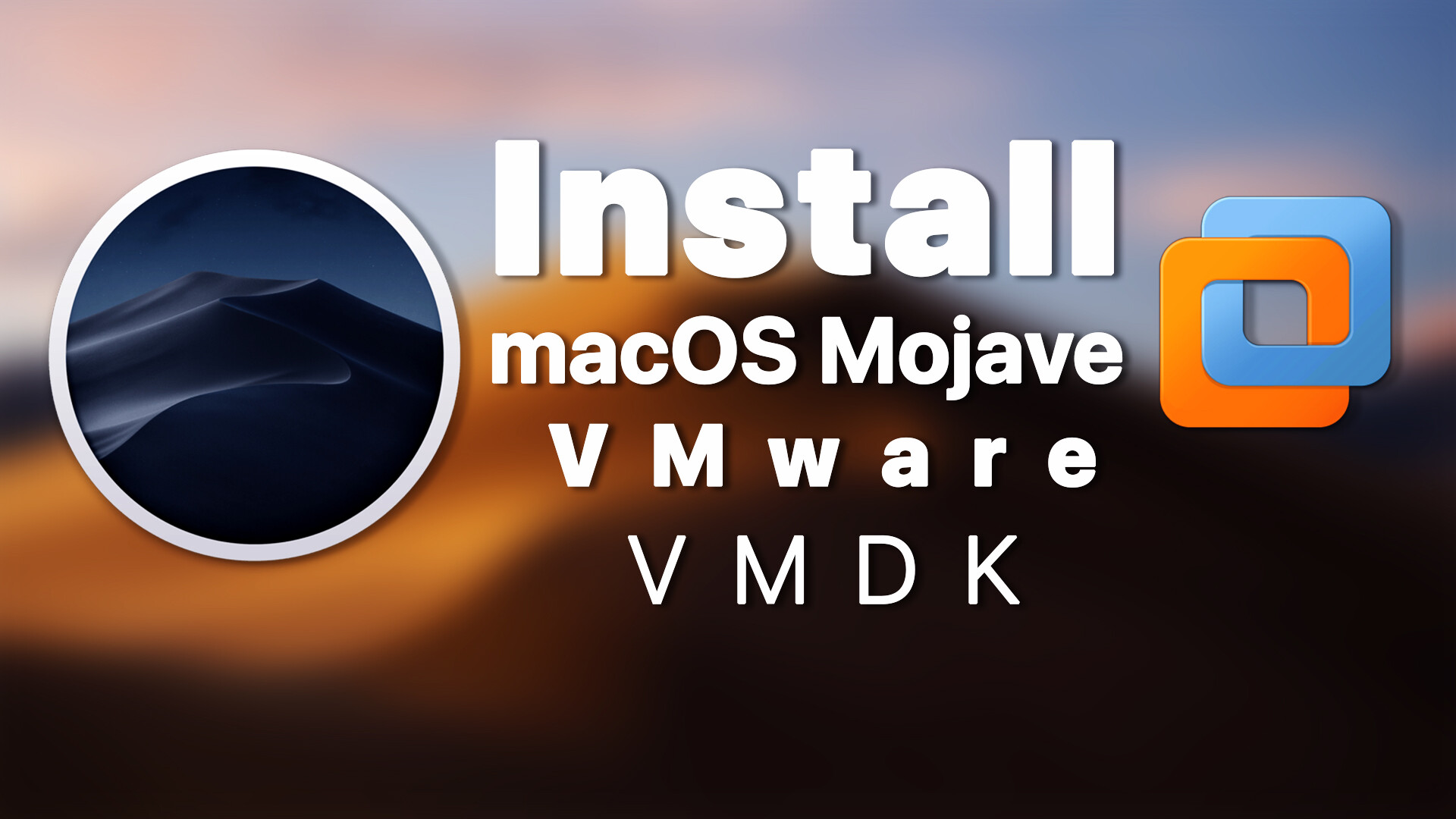

Leverage the Memory slider bar to increase the RAM to be dedicated to the VM. Specify the number of Cores using the Processors drop-down menu. Click the Processors & Memory icon within the System Settings section.

The additional resources, combined with letting the macOS side rest to ensure macOS and Windows processes wouldn’t overly compete for resources, significantly accelerated the installation of Windows security updates, application hotfixes, and performance updates.Īdjust the resources dedicated to the VMware Fusion VM by opening VMware Fusion and, before starting the VM (a VMware Fusion VM’s CPU and RAM resources cannot be adjusted while the VM is active), clicking Virtual Machine from the macOS menu bar and selecting Settings. Realizing I couldn’t use my Windows 10 install for much of anything else, even accessing a cloud-based web application, while the VM was downloading and installing recent Windows 10 updates, I temporarily increased the resources available to VMware Fusion by configuring the maximum CPU cores and memory (four processor cores and 5623MB RAM) the VMware software recommends ( Figure A). Temporarily increase the dedicated core and memory resources when performing Windows maintenance Here are three steps I took that I recommend other VMware Fusion users consider adopting, too. The event was a wake-up call as to the need to periodically also maintain the Windows installation on my Mac. My VMware Fusion install–to which 2GB RAM and a single processor core were dedicated on a MacBook Air with an Intel Core i7 CPU and 8GB RAM–ran well for months but then became essentially useless while recent Windows 10 updates were downloading and installing.

SEE: Ebook–Boost your Mac productivity with these 10 techniques (free PDF) (TechRepublic) Anyone who’s experienced Windows performance delays within VMware Fusion on a Mac while awaiting Windows 10 updates to download and install will appreciate the importance of optimizing Windows virtual machine (VM) installations.


 0 kommentar(er)
0 kommentar(er)
